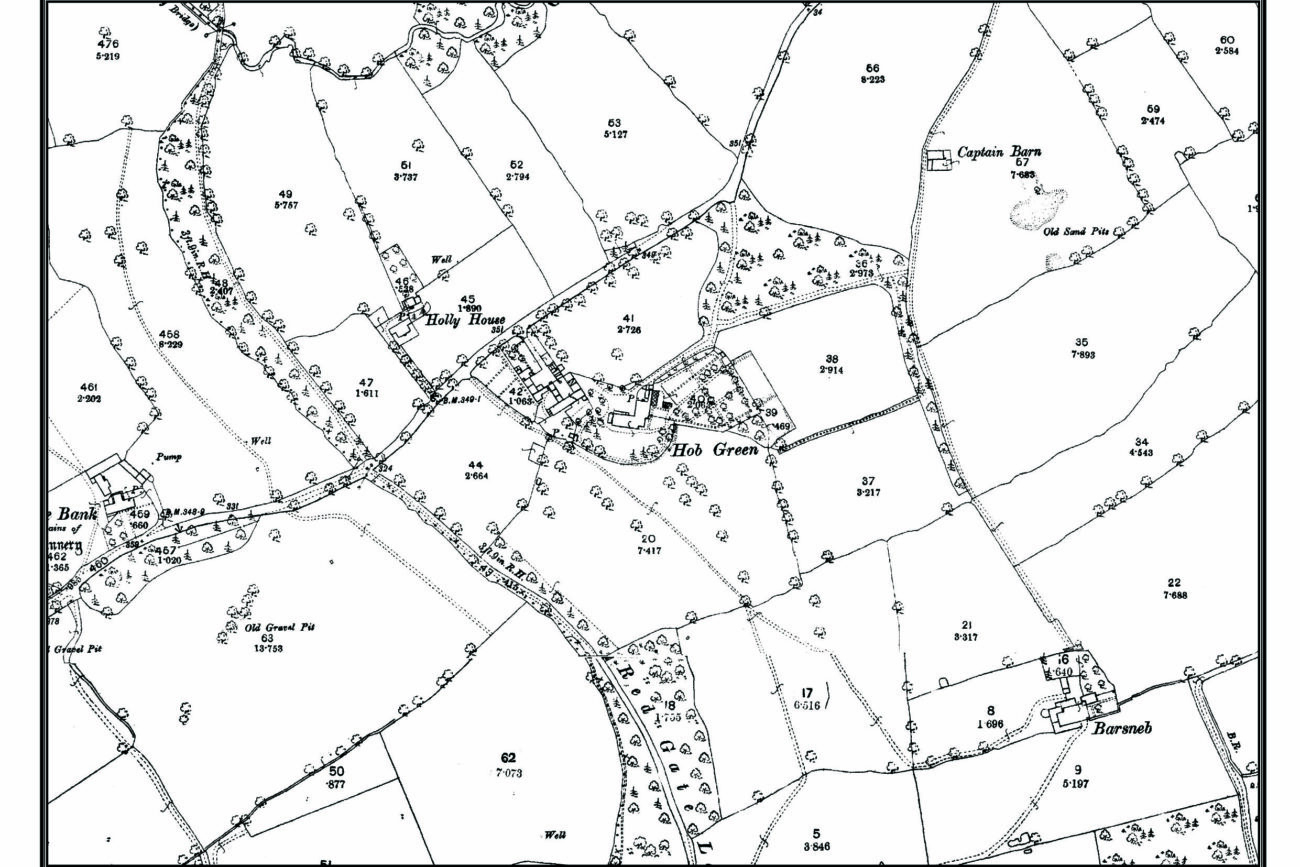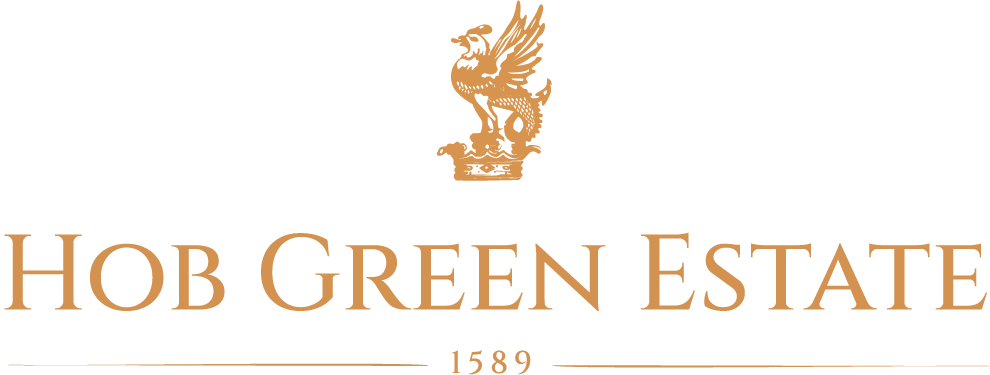William Wray – 1589
The earliest written record of a house at Hob Green is to a William Wray possessing a “messuage copyhold in Hobgreene” in 1589. He died there on the “9 daye Aprill 1599”. William Wray was a mercer, selling cloth in Ripon to the local gentry. A record of his trading exists in the form of a book kept by him and his son, also called William Wray. The book covers not only his trade details but other personal matters including a detailed inventory of all the “goods & chattels” owned by him at the time of his death.
The inventory describes the rooms within the house with a list of the contents of each room and a description of the outbuildings and their various contents. There is also a list of his livestock. Hob Green at the time was a small farm, with the number of livestock being typical of many of the farms in nearby Nidderdale.
Did William Wray have a garden? Almost certainly, self-sufficiency was vital to survive. Farmers of the Elizabethan age will have grown many of the vegetables, fruit and flowers that we know today. Vegetables grown included artichokes, cabbages, turnips, broad beans, Rounceval peas, pumpkins, skirrets (a multi-forked parsnip like vegetable) radishes, carrots, parsnips, onions, garlic, leeks, spinach, sorrel, lettuce as well as numerous herbs used for cooking and for medicinal purposes. Asparagus, kidney beans, runner beans, cardoons, horseradish and the potato would have been unknown to William Wray. The potato arrived in London in 1597 but it would have been some time before it reached North Yorkshire.
Fruit would have included gooseberries, currants, apples, pears, damsons, quinces and bullaces. The Elizabethan garden would have included both ornamental flowers such as roses, carnations, wallflowers and geraniums as well as flowers grown for salad use such as cowslips, violets and primroses and flowers grown for the kitchen such as harefoot, penny-royal and marigolds.
Sadly the inventory of William Wray’s possessions does not list the typical garden tools that might hang in our potting sheds today. He did have “three axes and a hacke”, the latter being described as a strong two-toothed pickaxe, perhaps tools of the overgrown and heavy soiled garden! The inventory also contains the phrase “all other husselment”, loosely translated as odds and ends, as part of the contents of the barn. Surely his favourite garden fork and weedhook were part of his “husselment”.

1891 map of Hob Green
By Andrew Hutchinson



